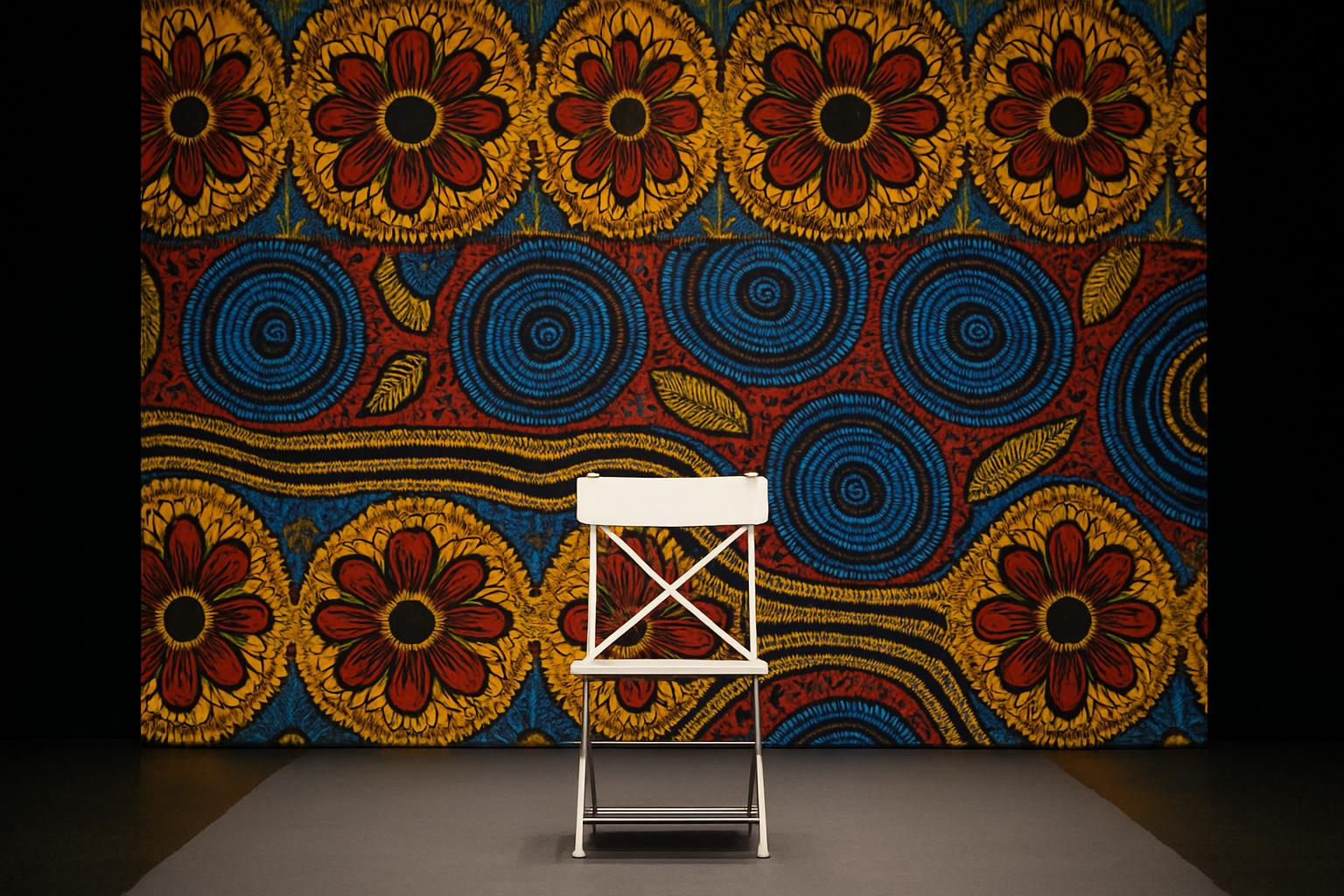London Fashion Week this year stood out not only for its creativity but also for the cultural and political resonance that accompanied the event. Against the backdrop of recent far-right protests in London, marked by incendiary rhetoric from groups led by figures such as Tommy Robinson, the week became a platform for Black British designers to offer powerful, alternative narratives. The energy in the capital was palpably charged, as fashion intersected with urgent social commentary and cultural affirmation.
A defining highlight was the spring/summer 2026 show by Labrum, the label led by British-Sierra Leonean designer Foday Dumbuya. Titled "Osmosis," the collection celebrated the deep and dynamic exchange of cultures—a theme Dumbuya elaborated on in an accompanying essay. The show took place at Central Hall Westminster, a venue that had recently witnessed huge right-wing protests, underscoring the show’s implicit resistance through celebration rather than confrontation.
Dumbuya’s vision for "Osmosis" brought together a musical and sartorial fusion that embodied cultural hybridity. The runway was accompanied by an orchestra blending strings and brass instruments with West African talking drums and djembes, layered with digital rhythms—a synthesis of classical, traditional, and futuristic sounds that echoed the diasporic interchanges central to the collection’s theme. British tailoring and suiting served as a refined canvas for vibrant West African textiles, rich in colours achieved through traditional dyeing and patterning techniques.
Among the standout motifs were the cowrie shells, woven into headgear and suits, symbolising a historic and cross-continental connection within African cultures. Military silhouettes and ceremonial headgear evoked poignant reflections on conflict, displacement, and resilience. These designs alluded to the lasting impacts of wars in places like the Democratic Republic of Congo and honoured those called to service during both African and European conflicts. Through this, the collection not only conveyed elegance and refinement but also engaged with layered political meanings, acknowledging the complexity of migration and identity in a global context.
Supporting performances added further depth to the show’s message. Spoken word artist Julianknxx’s poignant piece lamented the struggle and perseverance of migrants who have shaped Britain. The question he posed — what song do we sing for those who built this country? — was answered visually and thematically by Dumbuya’s collection, which paid homage to heritage while looking forward.
Elsewhere at London Fashion Week, other Black designers made equally compelling statements. Jamaican-born, Cayman Islands-raised Jawara Alleyne showcased his collection "Tabanca," named after a Caribbean term for the wistful aftermath of carnival, a theme that celebrated cultural vibrancy and creative expression through colourful, shredded fabrics and nods to traditional masquerade characters. Tolu Coker’s "Unfinished Business," presented through film, spotlighted Black women’s lives, legacies, and the continuity of shared stories passed through generations, emphasising heritage and empowerment.
Collectively, these collections underscored the role of Black designers as cultural architects and storytellers in contemporary Britain. Their work, from the catwalk to everyday wear, embodies the ongoing dialogue between history, identity, and place. In a time when nationalist voices often demand uniformity or exclusion, these designers assert the richness and vitality brought by diasporic influences. Their fashion becomes both a celebration and a declaration—a vivid reminder of what is at stake in the cultural battles of today.
This year’s London Fashion Week thus served not only as a showcase of innovation and style but as a bold cultural statement, where art and politics converged to affirm the value and beauty of multiculturalism in British society.
📌 Reference Map:
- Paragraph 1 – [1], [2]
- Paragraph 2 – [1], [2], [4], [6]
- Paragraph 3 – [1], [2], [4], [6]
- Paragraph 4 – [1], [2], [4]
- Paragraph 5 – [1]
- Paragraph 6 – [1]
- Paragraph 7 – [1], [2], [5]
Source: Noah Wire Services
